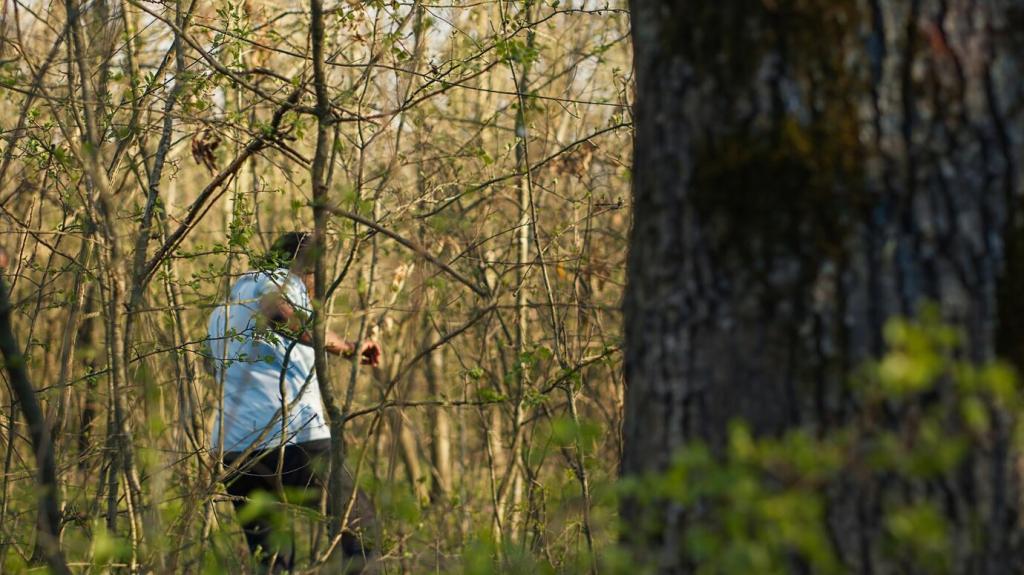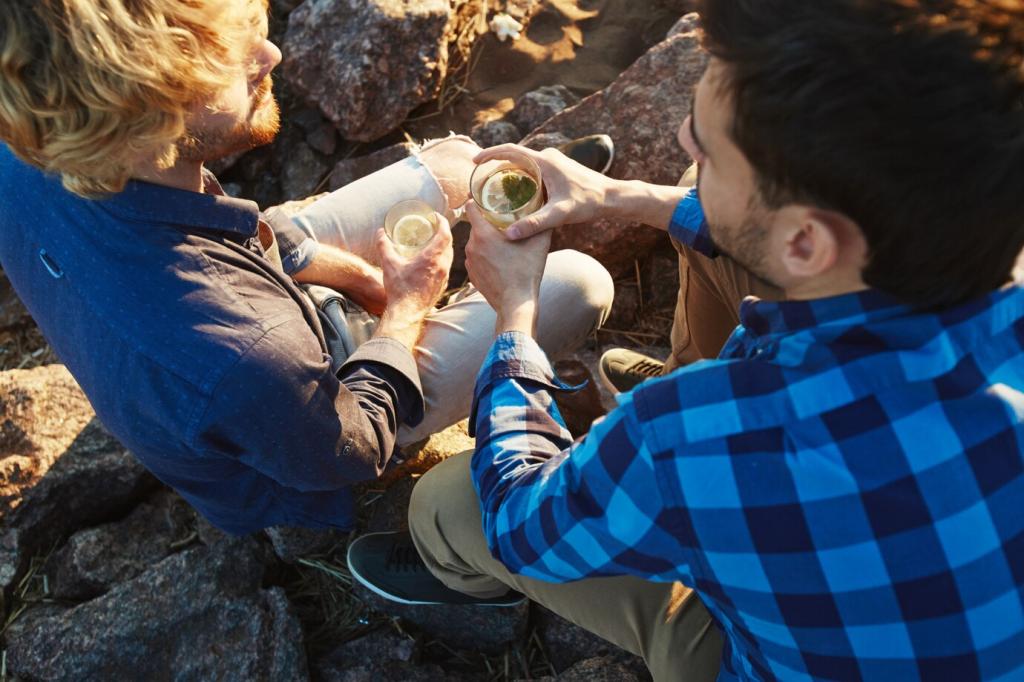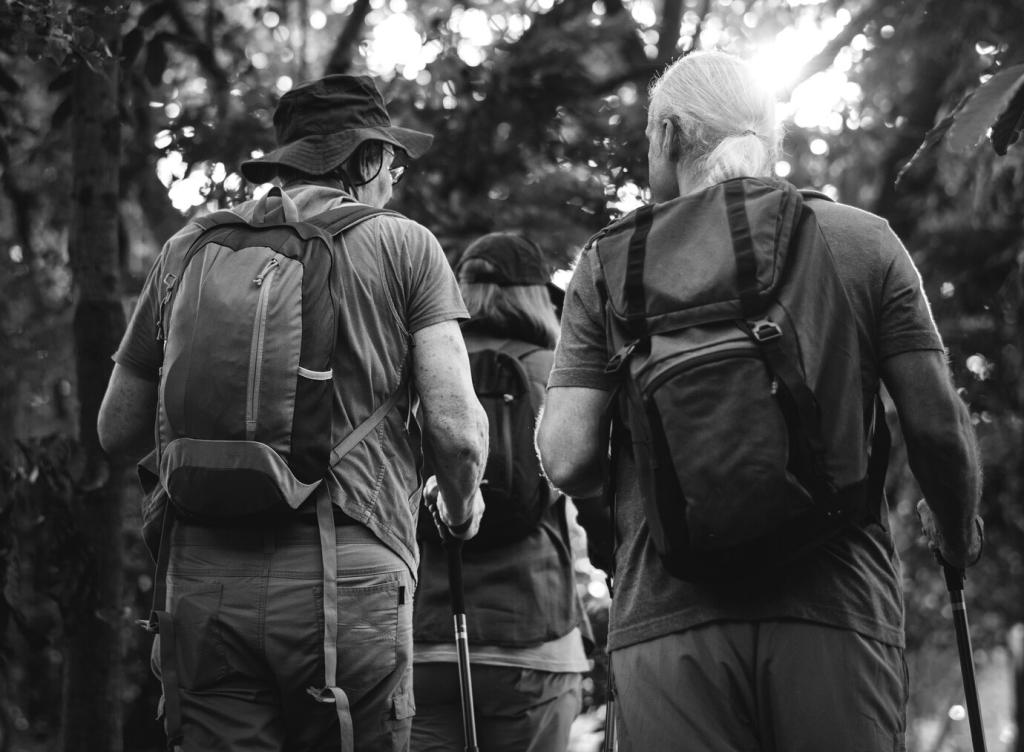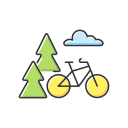Stay Safe, Trek Further: Practical Wisdom for Every Trail
Chosen theme: Trekking Safety Tips and Techniques. Step onto the path with confidence as we share trail-tested methods, memorable stories, and clear guidance to help you manage risk, savor the journey, and return home proud.
Plan with Purpose: Risk Assessment Before Your Boots Hit Dirt
Before sunrise, study topographic maps, recent trip reports, and daylight windows. Note bailout routes, water sources, and permit rules. Build a realistic timeline that leaves margin for weather, delays, and photo stops. Share your planning checklist below.

Navigate Like a Pro: Maps, Compasses, and Smart Tech
Map and compass fundamentals
Practice orienting the map to the land, taking bearings, and following handrails like ridges or streams. Rehearse triangulation at home, so in fog or forest you already trust your compass decisions. What drills help you most?
GPS and apps as helpers, not crutches
Download offline maps and carry a battery bank, but never rely on a single device. Cold drains power fast. Confirm locations with terrain clues, not just a blue dot, and log critical waypoints manually. Comment with your favorite apps.
Terrain reading and decision points
Read ridgelines, saddles, and drainages as a flowing story. Set decision points before committing to steep gullies. If visibility drops or time slips, honor your turnaround time without debate or ego. A humble pivot often saves the day.
Weather Ready: Layers, Forecasts, and Lightning Smarts
Check multiple forecast sources, then watch clouds: anvils mean distant storms, building cumulus signal convection, lenticulars warn of wind. Feel temperature drops and smell rain. Share your favorite forecast tools in the comments to help fellow trekkers.
Weather Ready: Layers, Forecasts, and Lightning Smarts
Use a breathable base, a warm mid-layer, a wind or rain shell, and packable insulation. Vent early, adjust often. Wet cotton chills dangerously; synthetics or wool keep you safer when conditions swing suddenly and energy starts to dip.
Weather Ready: Layers, Forecasts, and Lightning Smarts
Follow the 30–30 rule, avoid lone trees and ridgelines, spread your group fifteen meters apart, and assume a compact stance on insulating pack. After strikes, wait thirty minutes of silence before moving. Tell us your lightning avoidance tactics.
Fuel, Water, and Pace: The Engine of Safe Trekking
Carry enough capacity to sip regularly, not chug. Treat water with a filter, chemical drops, boil, or UV depending on pathogens. Add electrolytes during heat or altitude. Identify reliable sources on your map before committing to long stretches.
Fuel, Water, and Pace: The Engine of Safe Trekking
Aim for steady calories: complex carbs for fuel, some protein to sustain, a bit of fat for satiety. Snack hourly. Personalize with foods you actually enjoy, so eating never gets skipped when tired and distracted by scenery.


Include blister care, elastic wrap, meds for pain and allergy, antiseptic, gloves, gauze, tweezers, and tape. Practice using everything. A tiny pencil and waterproof card help you track vitals and timing during stressful moments.

Treat hotspots early, pad and tape blisters, use RICE for sprains, and recognize altitude issues: headache, nausea, dizziness. Descend promptly if symptoms worsen. Share your go-to fixes that turned sketchy moments around when miles still remained.

Know whistle patterns, mirror flashes, and ground-to-air signals. Pre-set emergency contacts on a PLB or satellite messenger. During a stormy retreat once, three whistle blasts brought nearby trekkers who helped stabilize an ankle and coordinate transport.
Store food in bear-resistant containers or hang properly, cook away from camp, and keep a clean site. Make noise in dense brush. Learn species-specific behavior, and carry spray where appropriate, practiced and accessible at a moment’s notice.
Wildlife, Terrain, and Leave No Trace: Safety Meets Stewardship
Test loose rocks before committing, wear helmets in fall zones, and cross streams where wide and shallow. Unbuckle waist straps in swift water. On snow, use microspikes or an ice axe and practice self-arrest in controlled conditions.
